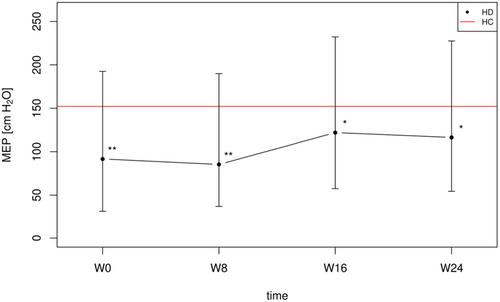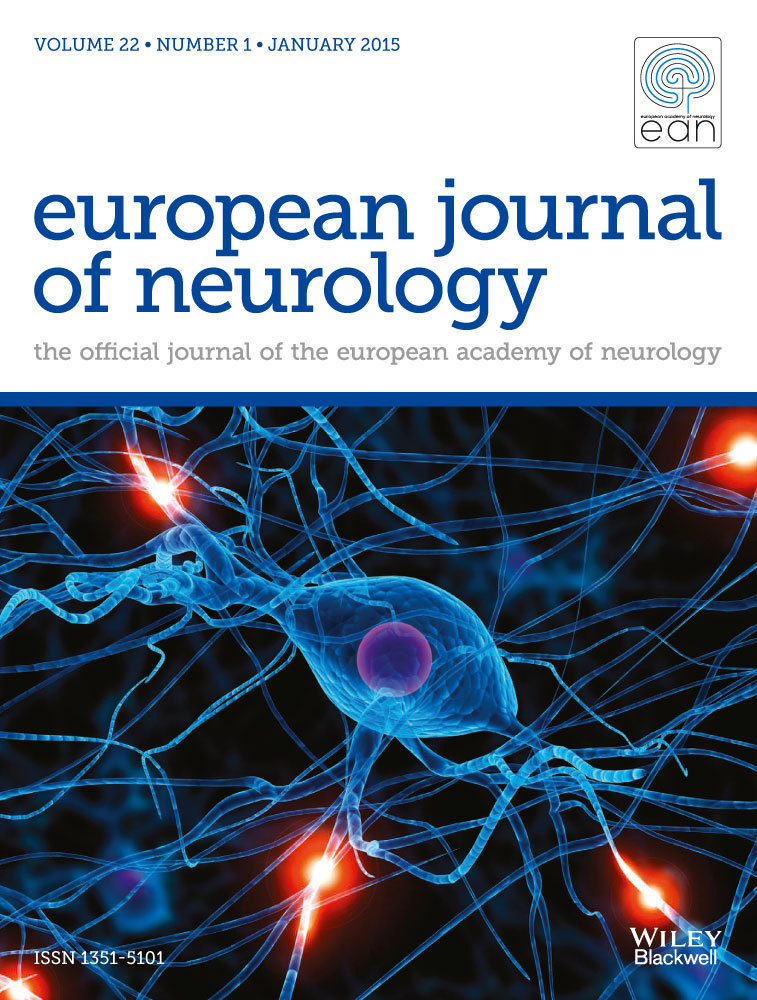The impact of expiratory muscle strength training on voluntary cough effectiveness in Huntington's disease
Abstract
Background and purpose
Dysfunction of the airway defence system in Huntington's disease (HD) is a significant but often overlooked problem. Although expiratory muscle strength training (EMST) is frequently utilized in cough effectiveness treatment, its specific impact in HD patients has not yet been explored. This study investigated the effects of EMST on voluntary peak cough flow (vPCF) in HD patients and evaluated the retention of potential gains post-intervention.
Methods
In this prospective case-controlled trial, 29 HD patients completed an 8-week wait-to-start period, which served to identify the natural development of expiratory muscle strength and vPCF. This was followed by 8 weeks of EMST training and an additional 8 weeks of follow-up. The study's outcome parameters, vPCF and maximum expiratory pressure (MEP), were measured against those of age- and sex-matched healthy controls.
Results
Huntington's disease patients had significantly lower MEP (p < 0.001) and vPCF (p = 0.012) compared to healthy controls at baseline. Following the EMST, significant improvements in MEP (d = 1.39, p < 0.001) and vPCF (d = 0.77, p = 0.001) were observed, with HD patients reaching the cough performance levels of healthy subjects. However, these gains diminished during the follow-up, with a significant decline in vPCF (d = −0.451, p = 0.03) and in MEP (d = −0.71; p = 0.002).
Conclusions
Expiratory muscle strength training improves expiratory muscle strength and voluntary cough effectiveness in HD patients, but an ongoing maintenance programme is necessary to sustain the improvements.


 求助内容:
求助内容: 应助结果提醒方式:
应助结果提醒方式:


